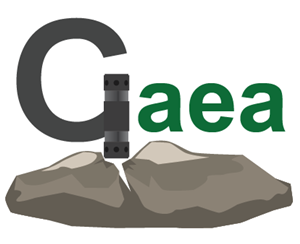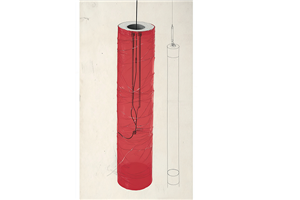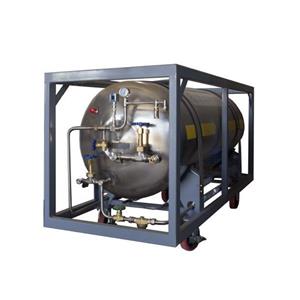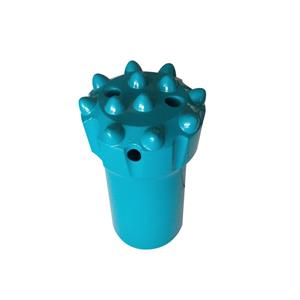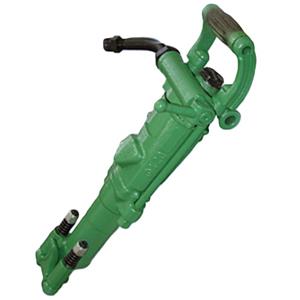Mining Extension Drill Rods Always Failing? One Article to Understand Failure Modes and Remedies
In mining operations, drill rods are an indispensable critical component whose performance directly affects efficiency and safety. Compared with tunneling/advance drill rods, mining drill rods experience fewer abnormal failures, but once issues occur they can still cause significant production trouble. This article examines common failure modes of mining drill rods, the causes behind them, and countermeasures to help you avoid production “trip-ups.”
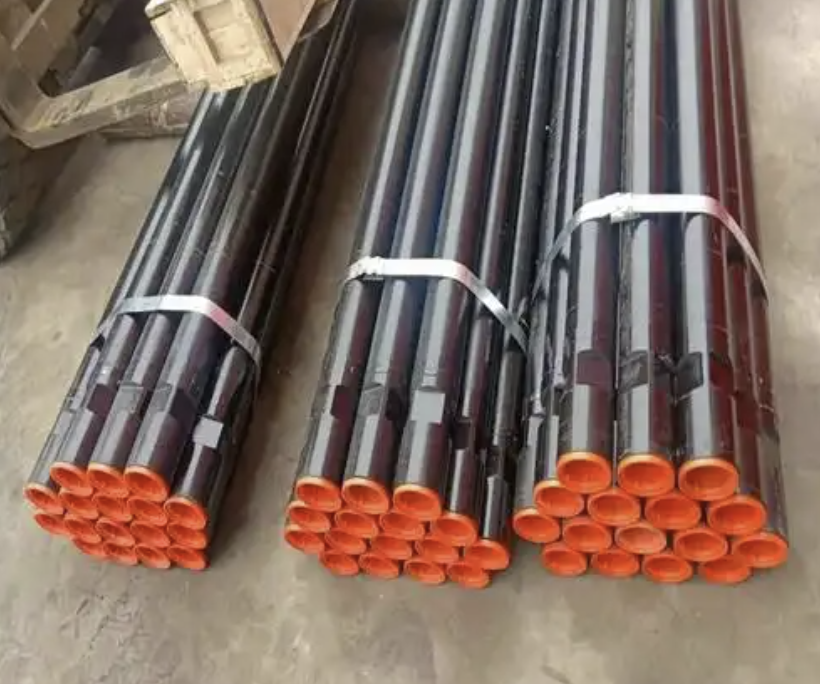
Internal and external thread wear: the most common “wear culprit” Among various failures of drill rods used on mining rigs, wear of internal and external threads is the most common, with internal thread wear predominating. It’s like a screw you use every day—its threads wear down over time, becoming loose and hard to tighten; drill-rod threads behave the same way.
What determines a drill rod thread’s wear resistance?
Manufacturing process as the foundation: the rod’s heat treatment hardness, case (carburized) depth, thread surface finish, and thread-fit precision are all key factors affecting wear resistance. Like making a durable tool, the choice of materials and quality of process directly decide service life.
Harsh operating conditions: rock hardness and geological complexity play a dominant role. Under difficult conditions, jamming and hole deviation occur easily, which act like sandpaper and accelerate thread wear.
Operator factors matter: operator skill and the settings used (feed/advance pressure, flushing water pressure, etc.) can influence thread wear rate. Improper operation is like putting the rod through “torture” and causes abnormal wear.
Attention to use and maintenance: failing to regrind drill bits in time not only reduces penetration but also leads to hole deviation; mixing worn and new rods or using rods from different manufacturers—because of differences in thread tolerances and fit clearance—will accelerate thread wear.
External thread root fracture: the consequence of overuse Fracture at the root of external threads is another common failure mode, often happening when a rod has already reached its typical meterage but is still used. Usually, internal and external threads wear out before root fracture occurs; however, some products whose threads have not worn out can still suffer root fractures if continued in service. Main causes include:
Manufacturing process is critical: heat treatment level determines the rod’s fatigue strength. Whether the heat-treatment microstructure provides adequate toughness and fatigue resistance is crucial. The ideal structure is a high-carbon martensitic surface with a lower-bainite core, and a wide, smooth transitional mixed zone between them. Thread surface finish also affects performance.
Operating conditions add trouble: complex conditions with frequent jamming or hole deviation lead to abnormal fatigue fractures at the thread root.
Use and maintenance hide risks: failing to regrind the bit in time can cause hole deviation and thereby abnormal root fractures of the rod threads.
Fracture at the inner-thread relief (empty-cut) — a structural weak point Fracture at the inner-thread relief (the undercut/“empty-cut” region) is another failure type, usually caused by two factors. First, during drilling the external thread can apply forces to the inner-thread relief area, which is structurally weaker and therefore prone to fracture. Second, severe wear on the outside of the internal thread further reduces the relief area’s strength and raises the fracture risk. A practical countermeasure is to select rods with an extended internal-thread design: the longer engagement helps distribute the loads and reduce stress concentration at the weak spot, effectively reinforcing the vulnerable area.
Rod-body fracture: a quality-control lapse Rod-body fractures are not common and are usually related to issues with the steel itself or improper rolling/forging processes, typically occurring as isolated incidents. However, if rod-body fractures occur in batches, that likely indicates a significant heat-treatment or process control problem; a detailed inspection of the heat-treatment process and quality controls is then required to identify and correct defects.
Rod bending: the hidden killer in serial operation Mining drill rods are frequently used in serial strings, commonly 10–20 rods linked together. Once a rod becomes bent, it not only becomes unusable itself but can trigger abnormal failures in other rods. Therefore, straightness and concentricity are critical quality criteria for mining rods. Ensuring these geometric tolerances significantly improves reliability and durability during continuous operation.
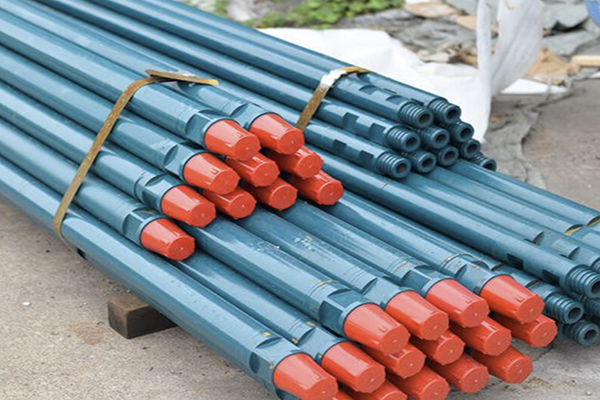
To prevent rod bending, multiple straightening operations are required during manufacturing. Incoming raw rod material may be warped and must be straightened before further processing; rods can deform during heat treatment and need precise straightening afterwards to meet strict straightness standards. In addition, transport and storage must be managed to preserve straightness and avoid bending.
